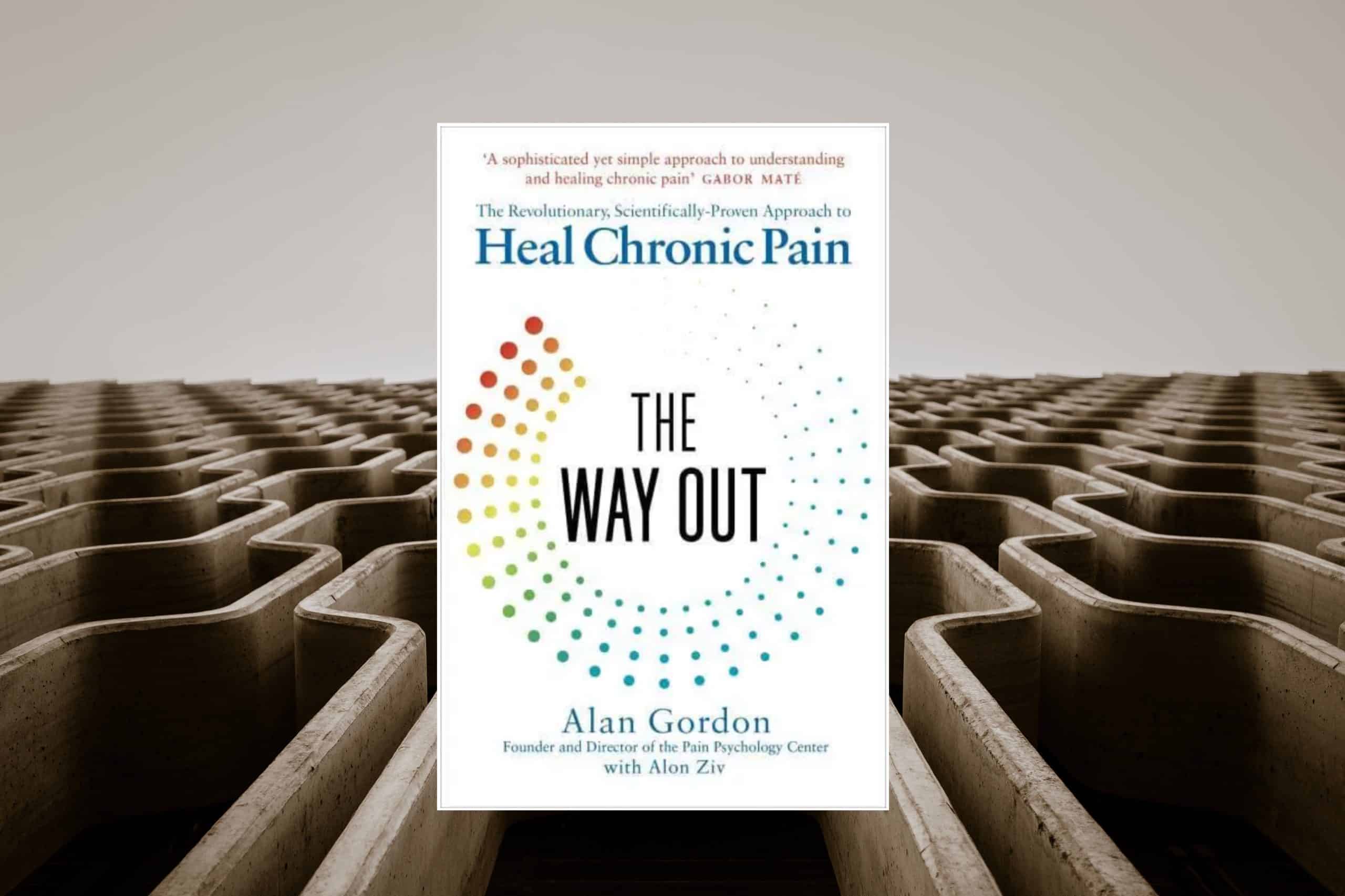
Sir Kier Starmer has said ‘For those who want real continuity of care – we (i.e., the next Labour Government) will bring back the family doctor, that’s what people with long-term conditions need. But for those who just want a quick appointment at their convenience, who want a digital consultation, we’ll give those patients a different route.’*
Political rhetoric is not a solution. The problems in the NHS are complex. ‘Just do it’ solutions are as helpful as, ‘The beatings will continue until morale improves.’ The Government, the NHS management and all those with responsibility for fixing the structural problems like funding, workforce and social care must provide practical solutions. These are not discussed here. Instead, this opinion piece suggests actions GPs can take to improve the performance of their practices through the experience of having and being the family doctor. This is not a quick solution for every problem or practice but is a choice of the path to the solutions.
Political rhetoric is not a solution. The problems in the NHS are complex.
General practices are different. All have problems but some are more dysfunctional than others. Within each practice doctors are different. Variations in the standards of care are inevitable, and are desirable when they improve care. No one wants low quality care that fails the patients, the staff and increases the burden on the rest of the NHS.
Bringing back the 20th century family doctor with better relational continuity (an ongoing interpersonal relationship between a patient and one or more practitioners) is not enough in the 21st century. Now we need better informational continuity (the use of past, recorded information to make current care appropriate for each individual), and better managerial continuity (a consistent and coherent approach to the management of health or illness). None of modern continuity and the support needed for better care will happen without changes.
What can be done? These are five low-cost steps to take forward a modern version of the family doctor.
1. Agree what you are trying to achieve. The new family doctor is the means to better performance through a better process of feedback and change. It is not the end in itself. Start with a formal business planning process. The standard of the care that you provide for your patients, the needs of your community, your staffs’ welfare, your income and expenses always need scrutiny. These help decide what you should change. For example, a high-quality practice may want to become a triple bottom line practice or set explicit standards for providing the basic ABCDEF of quality care: good Access to care, providing the Best treatments, Customer satisfaction, providing appropriate Depth of care, Efficient and effective and Fair care for all. Switching to personal lists could help improve these and the overall performance of the practice.
What can be done? These are five low-cost steps to take forward a modern version of the family doctor.
2. Find out what is known already about what you are trying to achieve. Personal patients lists have not been valued by the NHS and mostly fallen out of use. Research may give some evidence-based guidance and other practices may have already tackled similar problems and share their practical advice. Relational continuity can be measured and is a proxy for the doctor–patient relationship and the associated benefits that happen when patients and GPs have repeated consultations together over time. The advantages include knowing your own patients, better health outcomes, improved mortality rates and the satisfaction both of patients and GPs. Limiting your responsibility and work for the other patients who consult you but are not on your personal list is a major benefit. Personal lists simplify reviewing the performance of each GP.
3. Commit to what you can do with your limited resources.
You can start slowly the process to personalise your patient lists. Most clinical systems have the ability to set the usual GP for each patient. This means you know who are your personal patients and your patients can know who is their personal GP, and gives both patients and GPs rights and responsibilities in that relationship. This does not mean you only see these patients or these patients only see you. There are many ways to accommodate the needs of both patients, GPs and the practice. A buddy system of cross cover with another GP can allow them to look after your patients when you are not at work and vice versa.
You can set explicit practice standards and decide how you will monitor your performances. A barrier is that many of the measures of an individual GP’s working practice are never examined, so improvement is difficult. A practice can set its standards of care and measure how its doctors compare. Examples of standards for an individual GP’s performance include personal list continuity (e.g., see their own patients 60% of the time), timeliness (e.g., seeing patients within 15 minutes of their appointment time), Team building (e.g., regular attendance at the informal team building meetings like ‘lunch’), fulfilling management responsibilities (e.g., each GP writes a short report each year on each of their portfolio of practice responsibilities), forward availability (e.g., patients should be able to book an appointment with their own doctor within a set number of working days).
You can manage individual GP performances better. Many practices have regular staff appraisals but do not include their GPs. Annual NHS appraisal and GMC revalidation do not usually help manage the performance of a GP in a practice. Each GP could have an in-house appraisal each year with 360 Multisource feedback. It becomes possible to understand an individual’s performance better when each has a defined list of patients, and an agreed set of performance standards.
You can find what is already known about this and spread best practice faster if you join an effective learning network.
4. Define what success will look like? Decide how you will know if your improvements have been a success, or a failure.
5. Establish when and how will you review these changes. You should monitor practice standards and act early when any performance falters. There are many reasons why GPs may not be working as well as expected. All merit investigation. Whatever the reasons, a practice should detect a problem early and take appropriate action to resolve the problem. Discussing and understanding the barriers to providing and improving care usually helps everyone. Identifying and managing quickly any problems in a practice that undermine goodwill and trust is essential, so they are dealt with before they harm your organisation.
None of the above need extra funding or exhausting labour. They do require commitment to change and taking forward the 21st century family doctor.
Reference*
Keir Starmer unveils Labour’s mission to create an NHS fit for the future, May 22nd 2023, https://labour.org.uk/press/keir-starmer-unveils-labours-mission-to-create-an-nhs-fit-for-the-future/ (accessed 21/6/22)
Featured photo: by Lindsay Henwood on Unsplash








